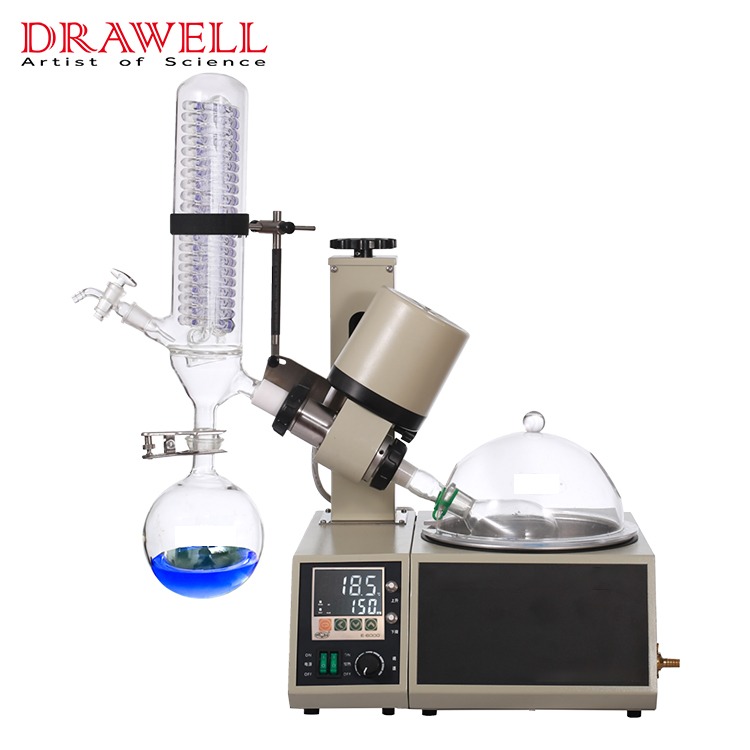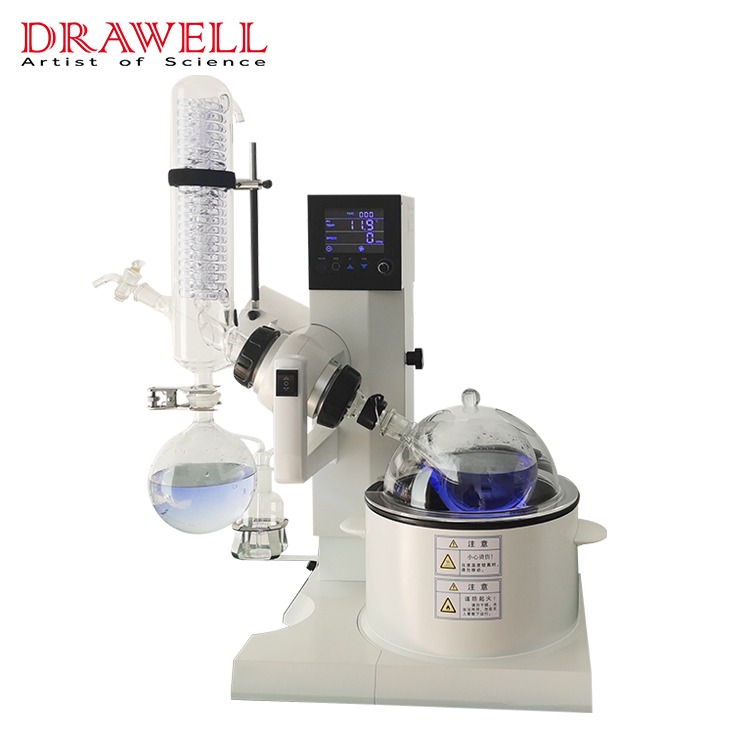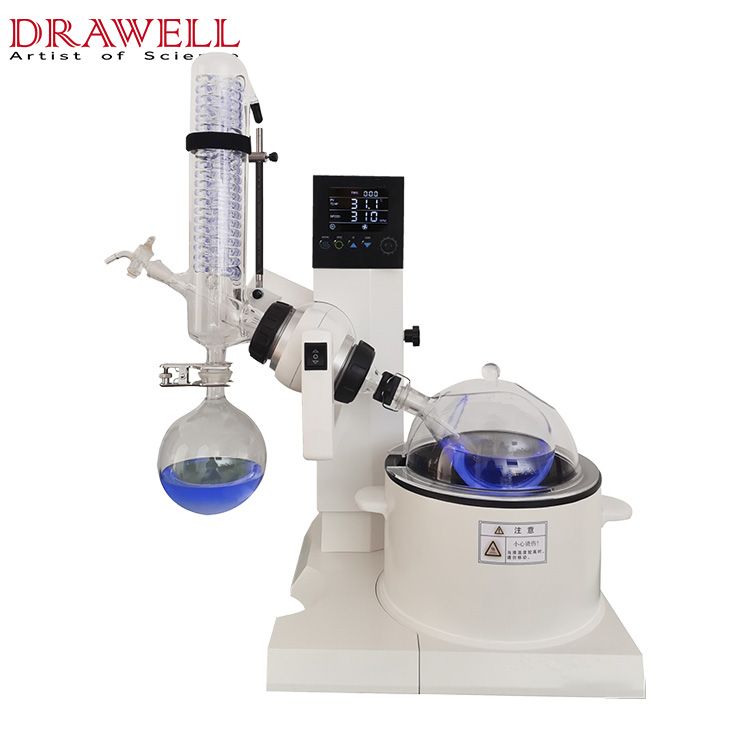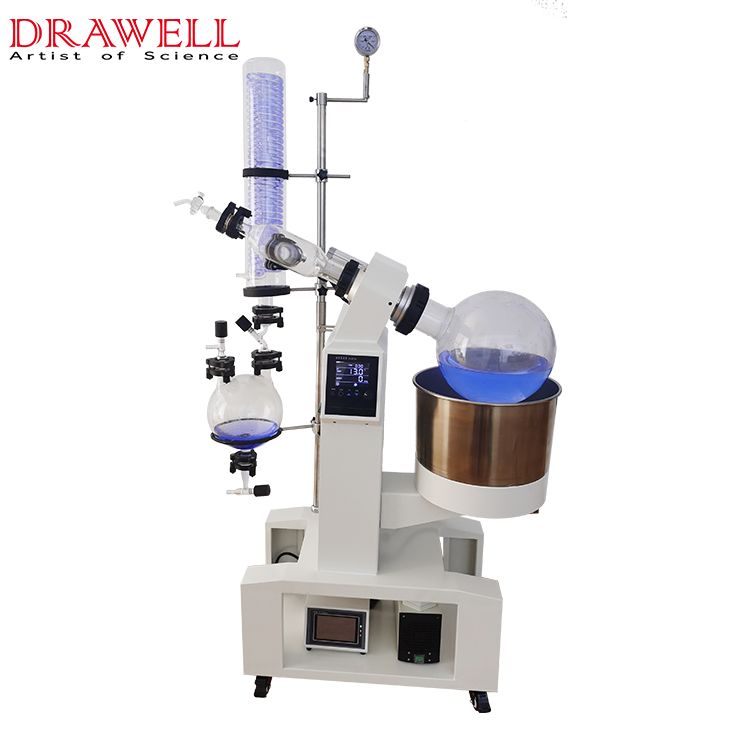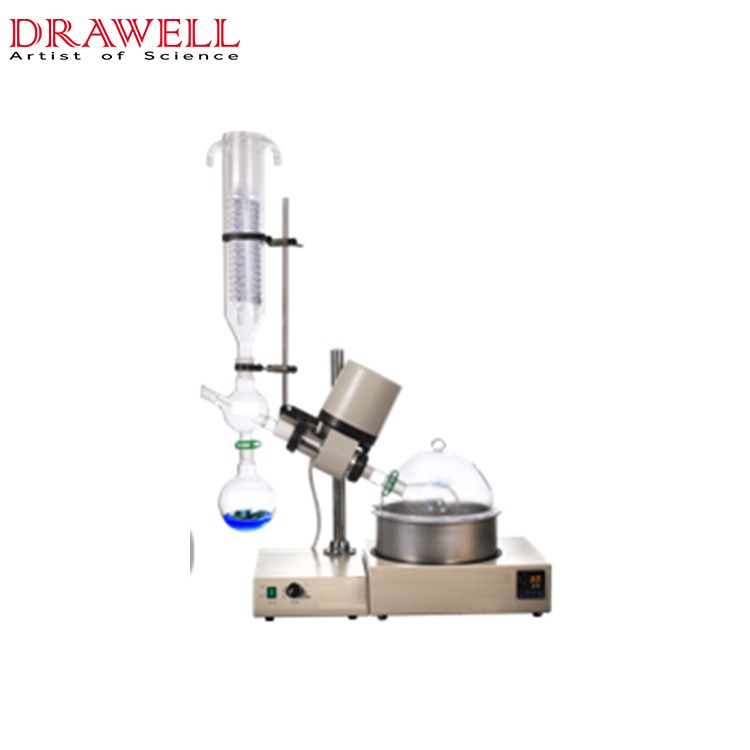In the world of laboratory equipment, the rotary evaporator stands out as a must-have for scientists and researchers of all disciplines. This sophisticated equipment is widely used in chemistry, biochemistry, pharmaceuticals, and other domains where solvent concentration and chemical isolation are critical operations. In this article, we focus on the topic of “How does a rotary evaporator work“, exploring the working of a rotary evaporator, providing its components, working principles and working processes.
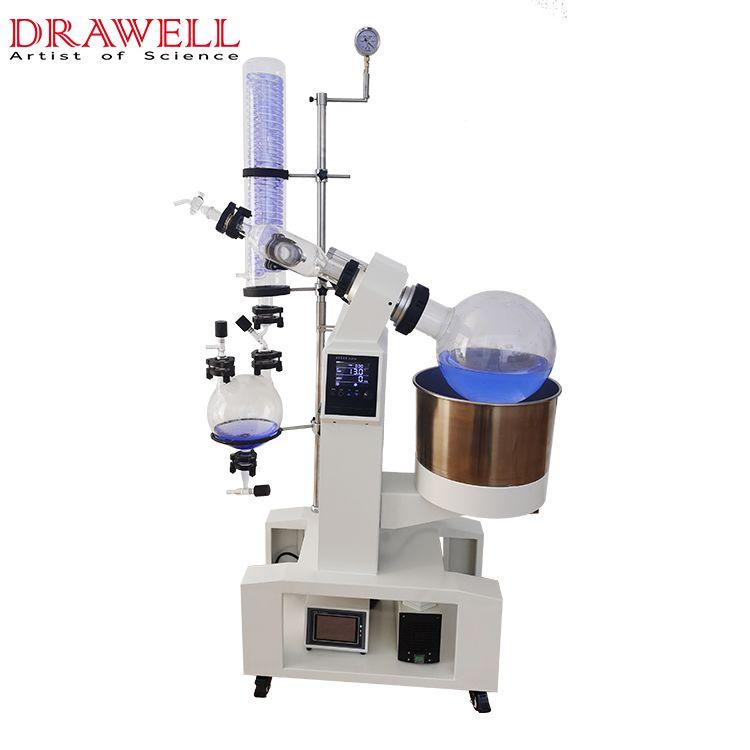
What is a Rotary Evaporator?
A rotary evaporator, also known as a rotovap or rotavapor, is a scientific device used to remove solvents from materials through evaporation in an efficient and gentle manner. Among other things, it enables scientists to separate and concentrate molecules, extract essential oils, and purify substances.
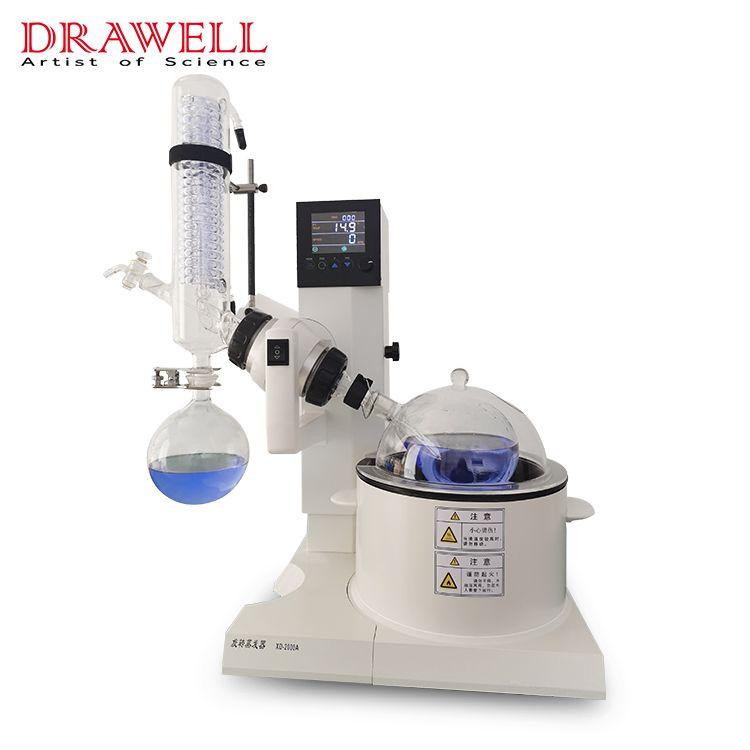
What are the Key Components of a Rotary Evaporator?
Evaporating Flask
This is the receptacle in which the condensed sample is deposited. It is often constructed of glass and heated in a water or oil bath to withstand a variety of solvents.
Water or Oil Bath
The bath is heated to supply the energy required for solvent evaporation. The evaporating flask is immersed in the bath, and the temperature is closely monitored to avoid overheating or boiling over.
Rotating Motor
The rotary motor is in charge of continuously spinning the evaporation flask. The rotation increases the surface area of the sample exposed to the warm water, facilitating evaporation.
Condenser
The condenser is the critical component responsible for cooling and condensing the evaporated solvent vapors. It is made out of a coiled glass tube through which cold water or another cooling fluid circulates. As the solvent vapors ascend from the flask, they come into touch with the condenser’s cool surface, causing condensation.
Collection Flask
Condensed solvent gathers in the receiving flask, which is placed beneath the condenser. This flask may also be heated to facilitate the further evaporation of the collected solvent if necessary.
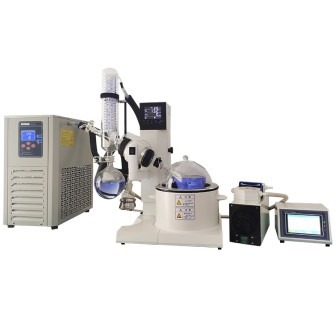
What are the Working Processes of a Rotary Evaporator?
A rotary evaporator uses evaporation and condensation to remove solvents from samples in an effective and gentle manner.
1. Preparation
Ascertain that all of the required components are appropriately assembled and that the evaporating flask is clean and labeled with the sample data.
2. Sample Loading
Fill the evaporating flask halfway with the sample. The sample volume should not exceed the flask’s recommended capacity.
3. Parameter Settings
Adjust the rotation speed and bath temperature based on the boiling point of the solvent and the desired evaporation rate. Lower pressures can also be used to further lower the boiling points of some solvents.
4. Initiate Evaporation
Start the rotary motor to slowly spin the flask. Heat the water or oil bath to the desired temperature at the same time.
5. Evaporation and Condensation
Solvent molecules evaporate and rise as vapor when the sample rotates and warms. The evaporated vapors pass through the evaporating flask’s neck and into the condenser.
6. Cooling and Condensation
Cold water or another cooling fluid is used to cool the condenser. When the vapor comes into touch with the condenser’s cool surface, it condenses back into the liquid and drips into the collection flask.
7. Continuous Process
The rotary evaporator’s evaporation and condensation process continues indefinitely, resulting in a steady concentration of the sample in the evaporating flask.
Summary
The rotary evaporator is an advanced laboratory apparatus that uses evaporation and condensation procedures to effectively concentrate liquids and isolate chemicals. This adaptable device has a wide range of applications in chemistry, research, and industry because to its exact control over temperature and rotation speed. Scientists can use their expertise of how rotary evaporators work to advance their research and scientific activities.

